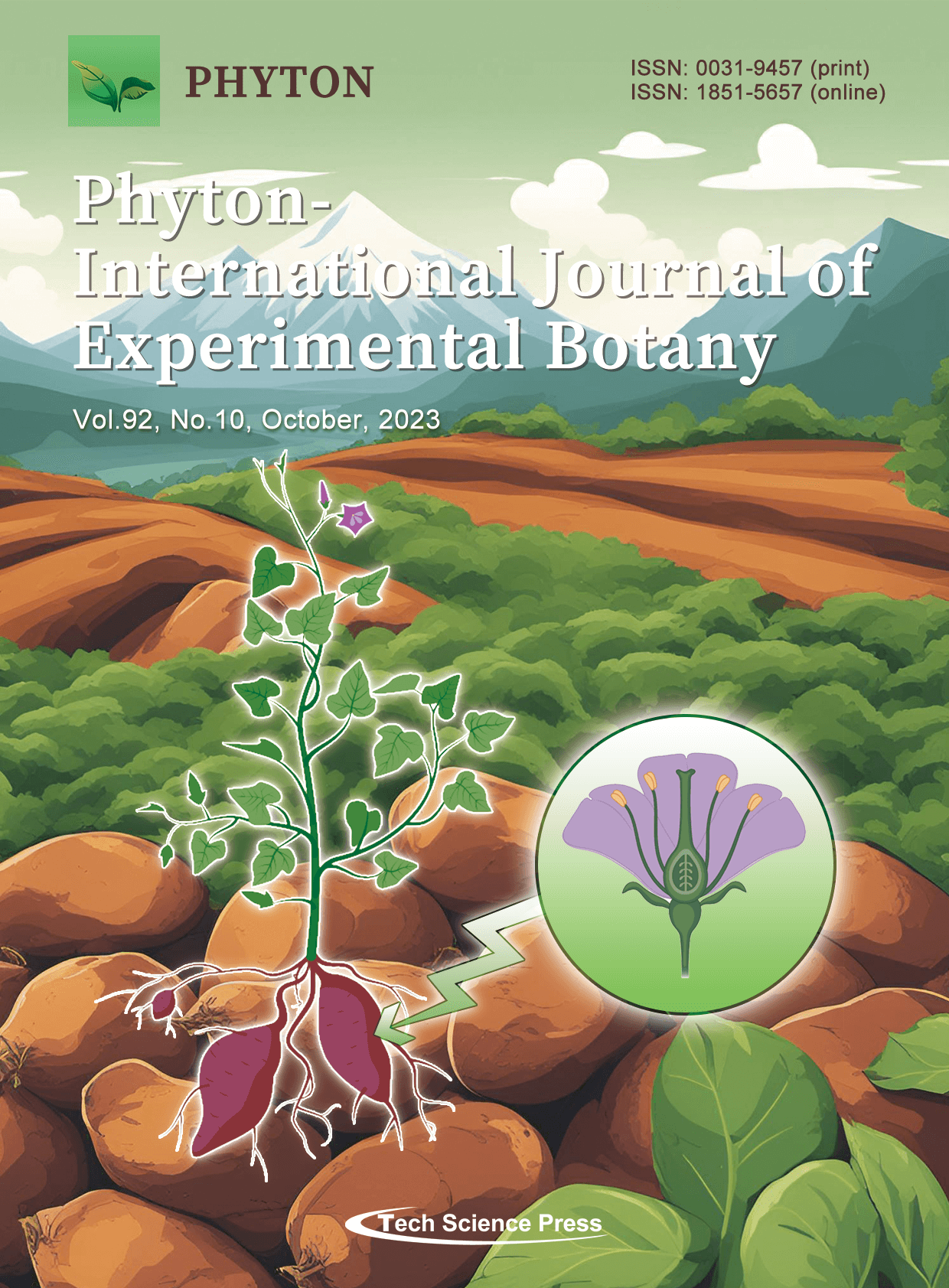Applications of Microalgae in Five Areas of Biotechnology
Héctor Alejandro Reza-Solis1, Ofelia Adriana Hernández-Rodríguez1,*, Andrés Francisco Martínez-Rosales2, Dámaris Leopoldina Ojeda-Barrios1
Phyton-International Journal of Experimental Botany, Vol.92, No.10, pp. 2737-2759, 2023, DOI:10.32604/phyton.2023.029851
- 15 September 2023
Abstract Microalgae are mostly photoautotrophic microscopic organisms. According to their cellular structure, they are classified into two types, eukaryotes, and prokaryotes, and they are distributed in all types of ecosystems, presenting unique qualities due to the fact that they synthesize high value-added molecules used in various productive and environmental activities, and because their biomass is used as raw material to obtain various products. Therefore, the objective of this review was to collect, organize, and collate current information on the use of microalgae in the development of biotechnology involving the areas of agriculture, health, food, bioremediation, and More >
